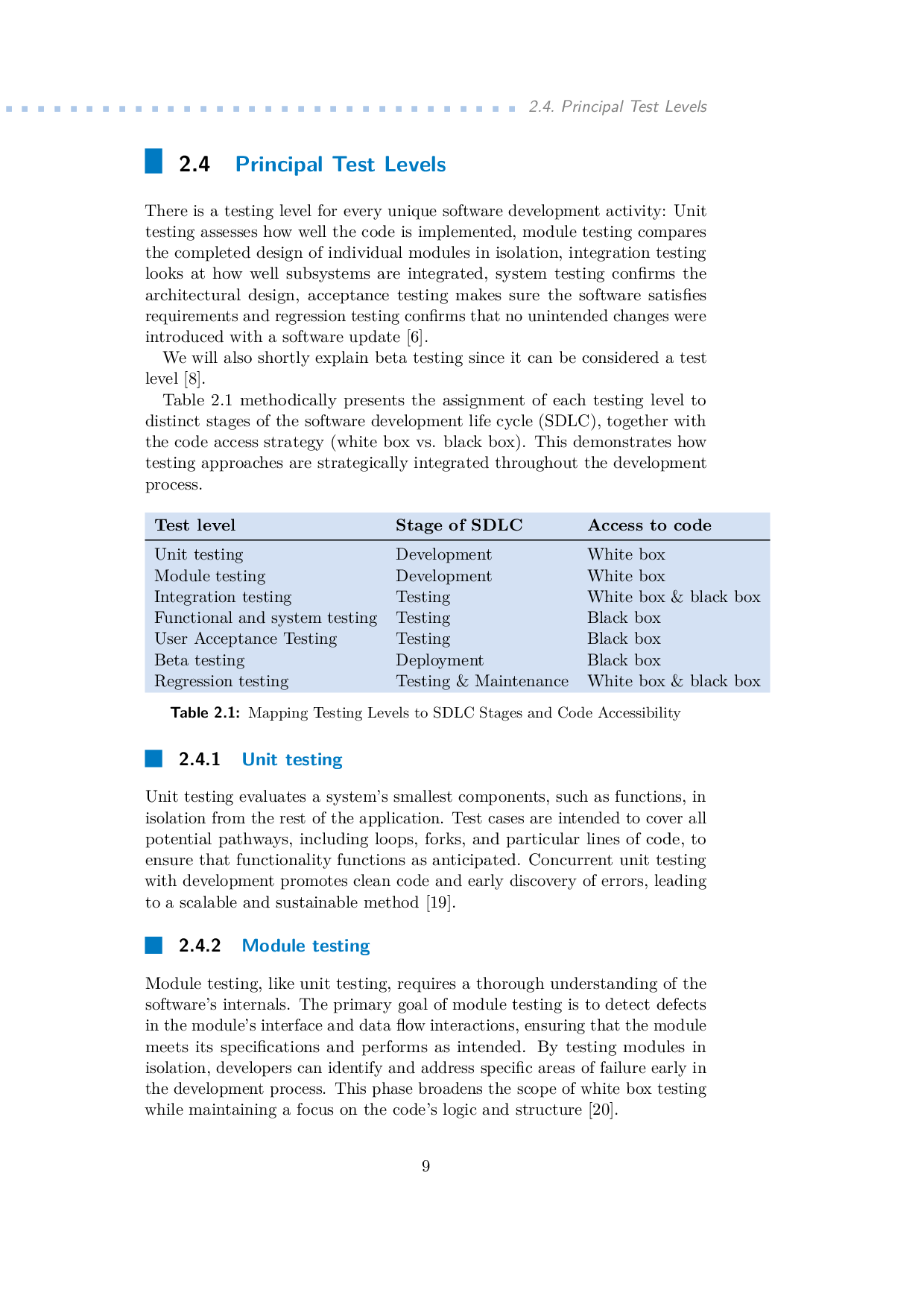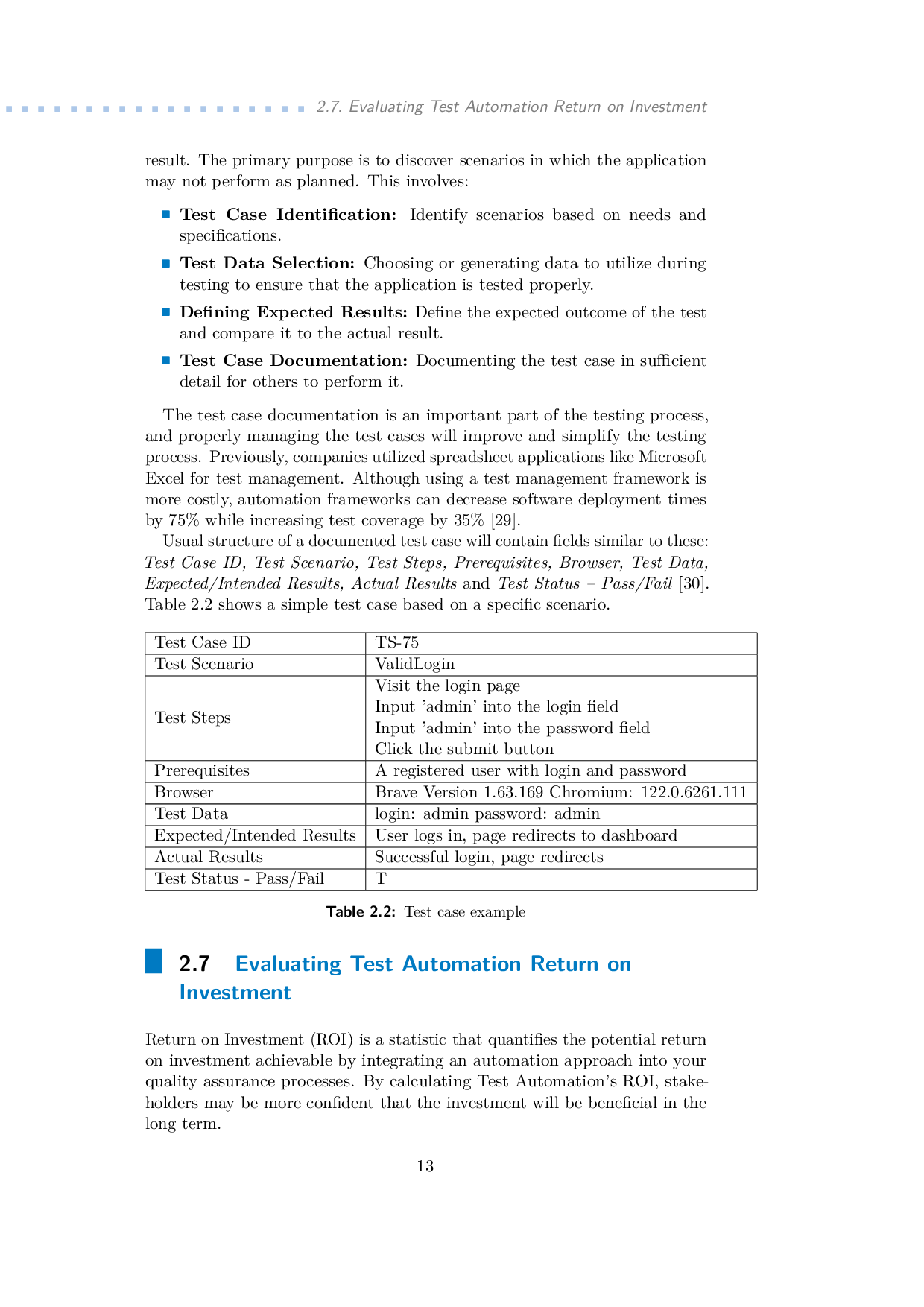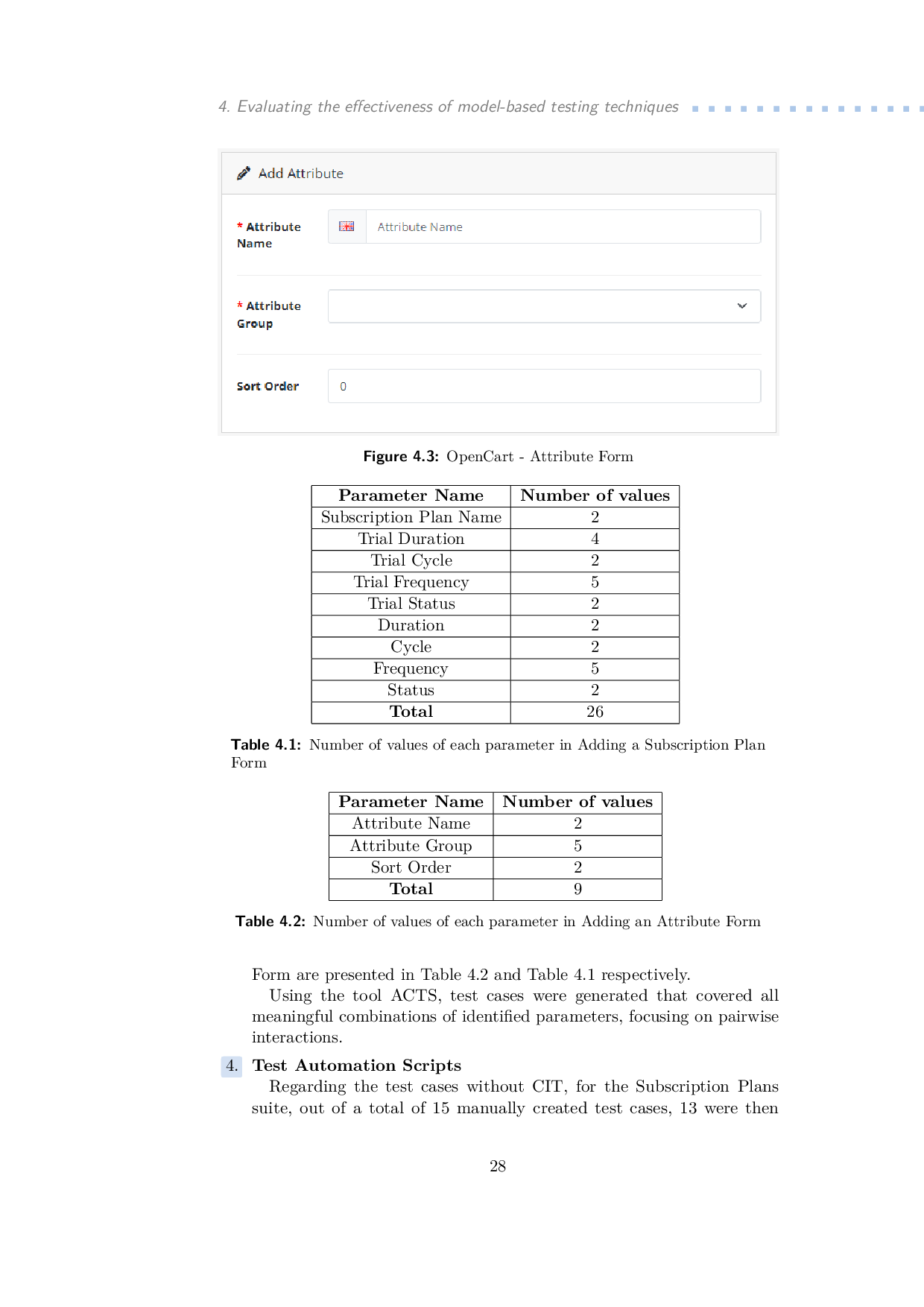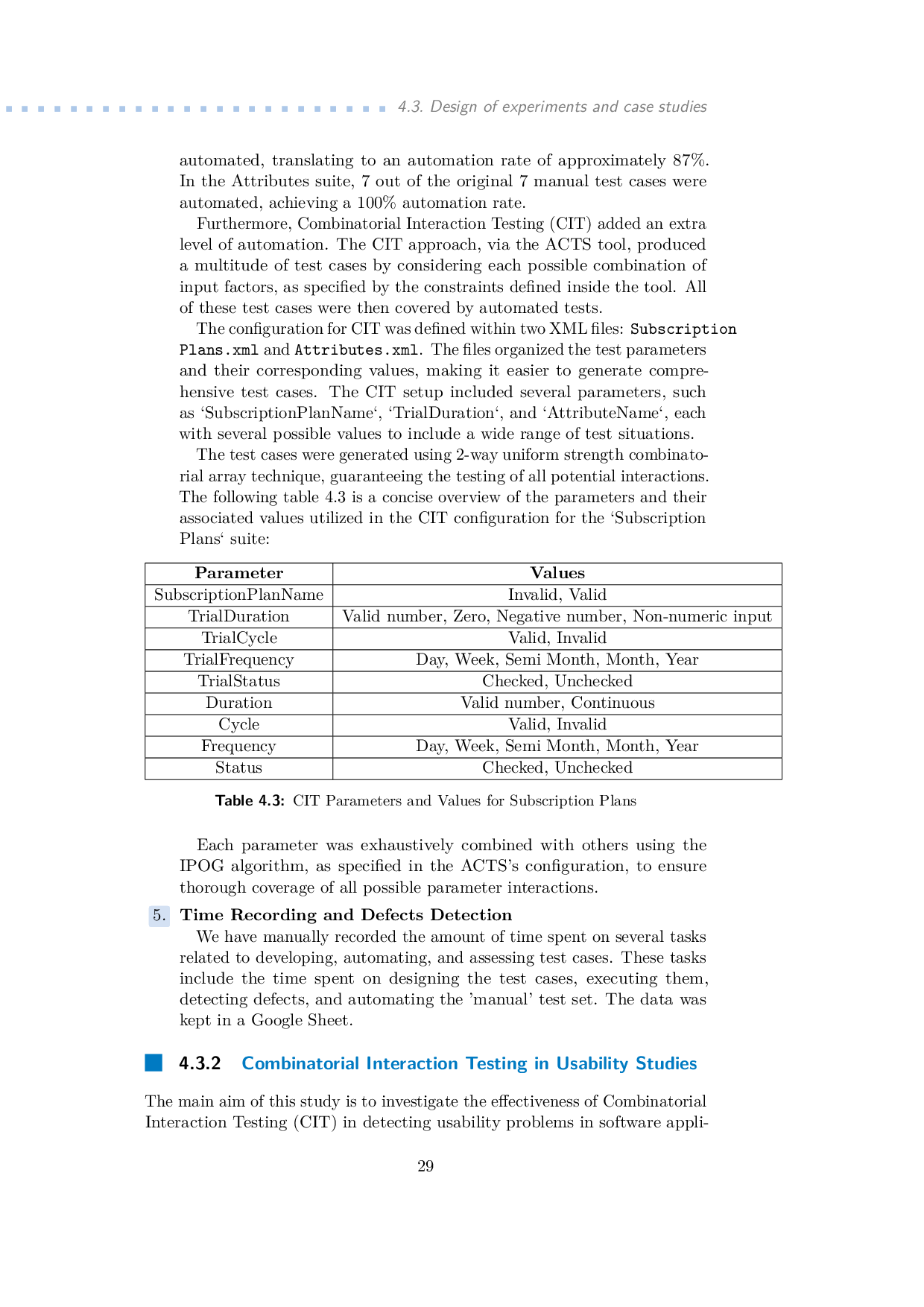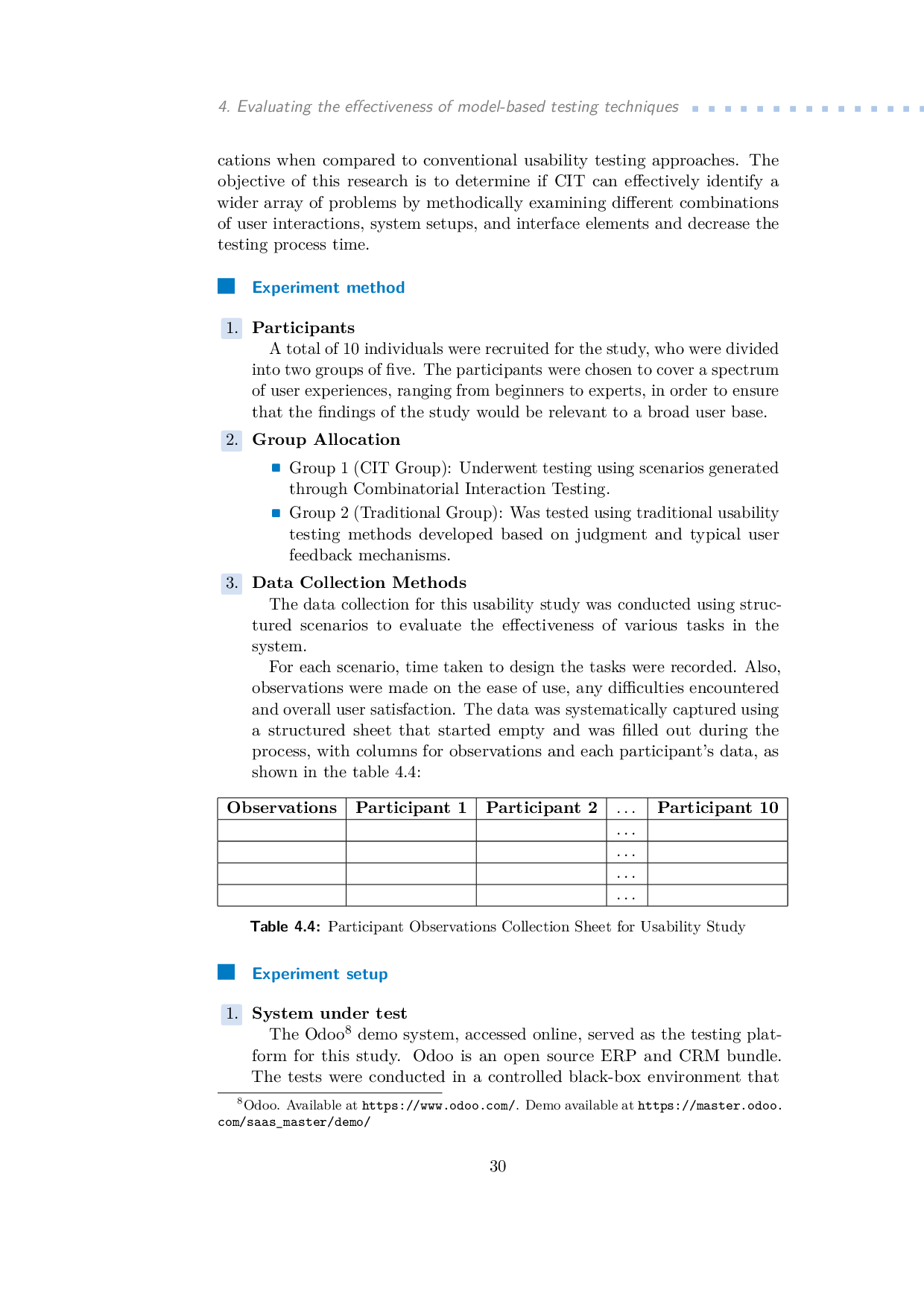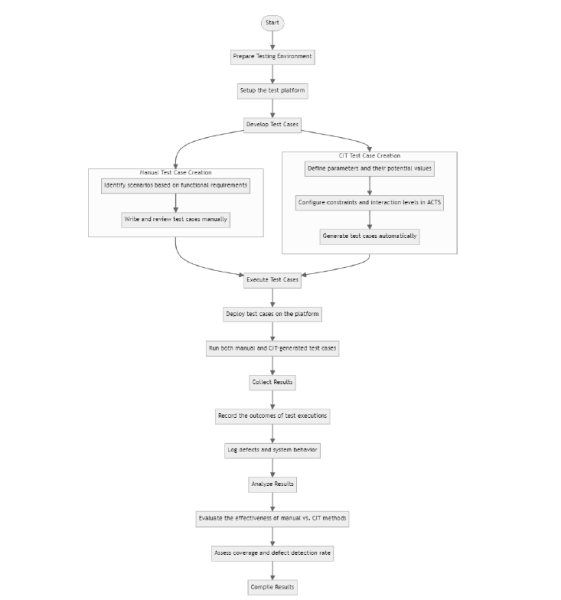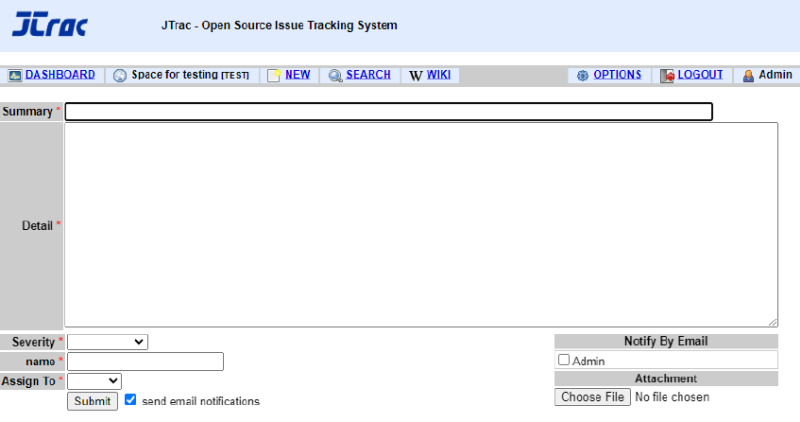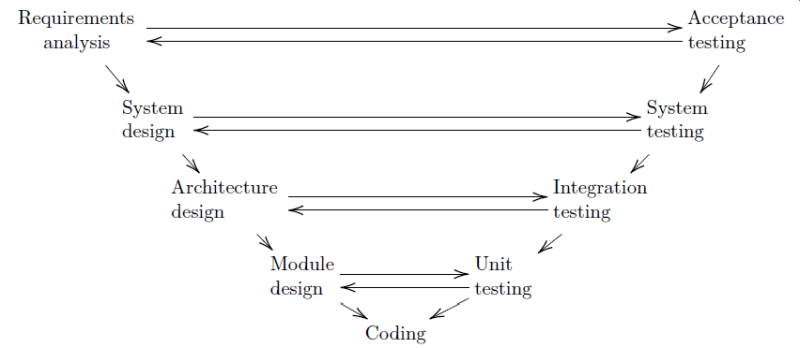System for Evaluation of Model-based User Interface Testing Techniques Effectiveness
This thesis describes the design and implementation of a system developed to assess the effectiveness of model-based user interface testing methodologies, focused on Combinatorial Interaction Testing - CIT. The purpose of this system is to improve software testing by enhancing defect detection rates, test coverage as well as efficiency compared to traditional testing methods. As software applications grow in complexity, traditional testing methods become less effective, necessitating innovative approaches to ensure reliability and quality. In order to do this, we have created a methodology for conducting case studies, an environment for testing the cases and a system for evaluating the effectiveness of these tests. Three case studies were done utilizing CIT in order to evaluate its practical implementation. The experiments involved setting up controlled environments, generating test cases both manually and using CIT, executing these case studies and analyzing the results. The findings indicate that CIT improves the effectiveness of defect detection and test coverage while reducing overall testing time. This means that model-based testing techniques, such as CIT in particular, offer a more efficient approach to software quality assurance, promoting their wider implementation in software testing processes.

